About Customer
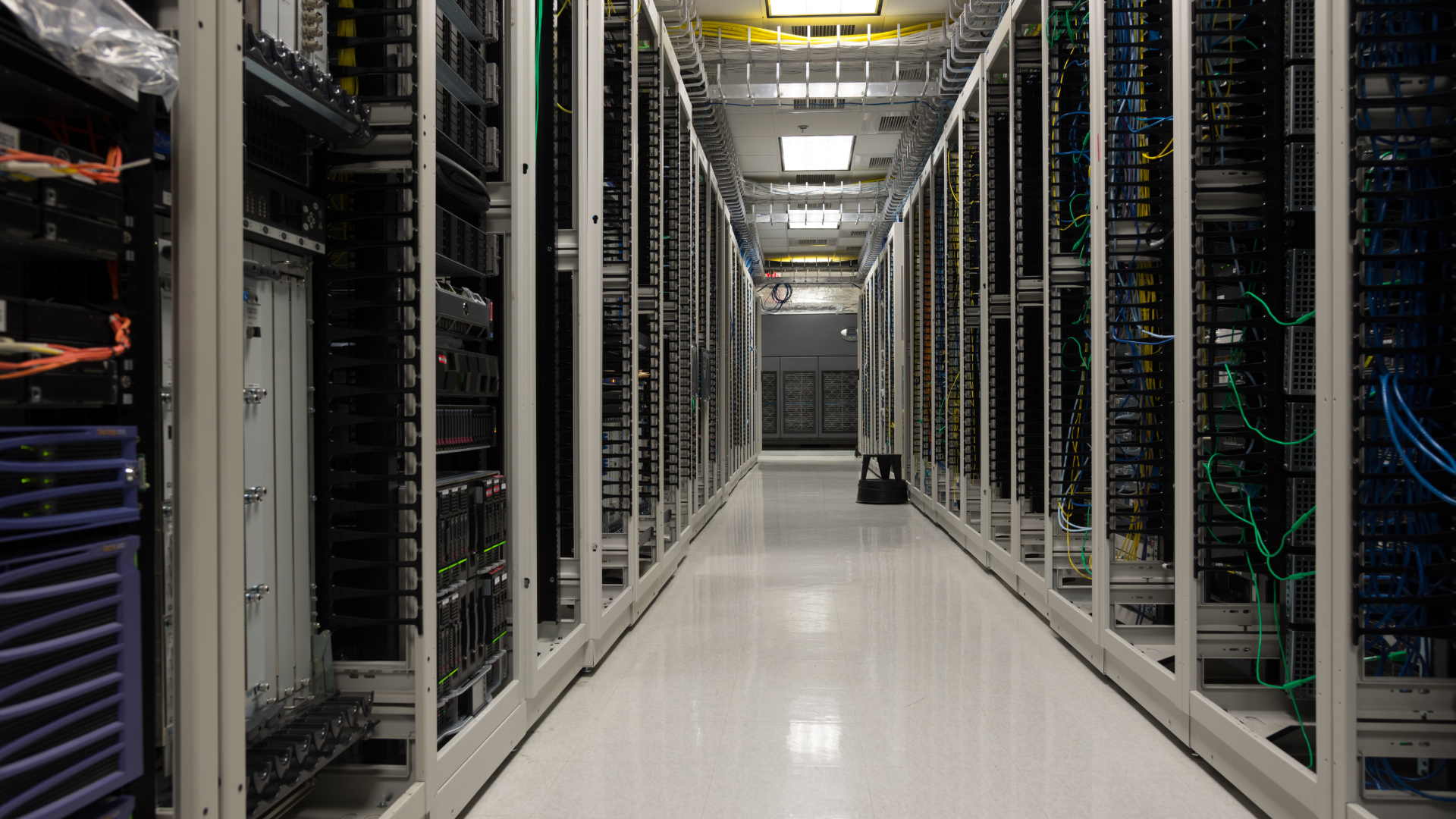
Company X, also known as Customer, is a multinational conglomerate that operates as an e-commerce platform, cloud computing service provider, and technology company. It has a wide range of products available for purchase, including electronics, books, clothing, and household items. Customer has achieved considerable success by leveraging its extensive logistics network and efficient delivery system. It has also pioneered cloud computing through its own cloud service, offering businesses and individuals scalable computing power, storage, and other resources on a pay-as-you-go basis. Its dominance in the e-commerce and cloud computing markets has made it a powerful force in the global business landscape.
What is Cooling Tower Water?
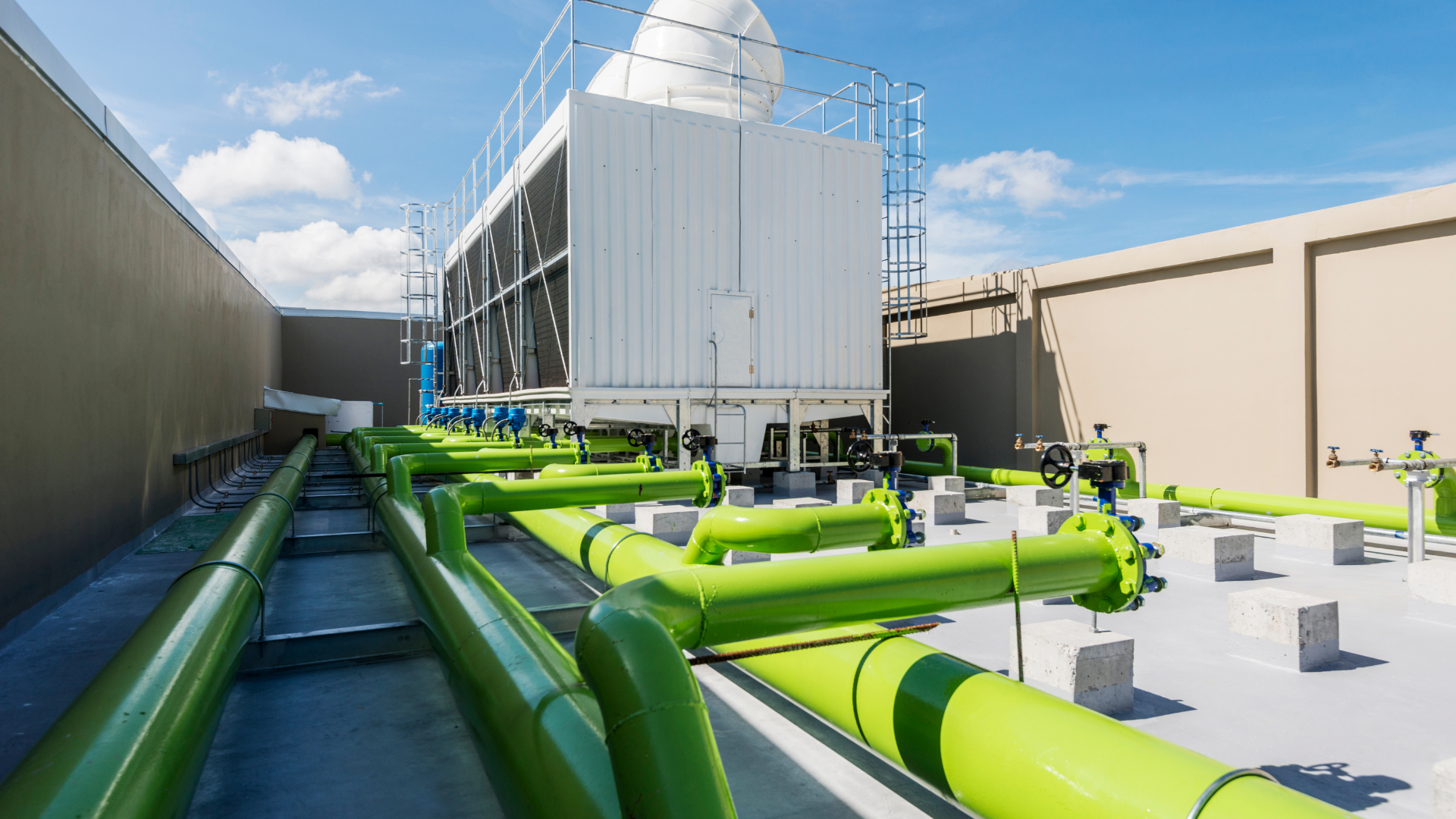
Cooling tower water systems are commonly used in commercial and industrial settings to remove excess heat generated by equipment and processes. These systems play a crucial role in maintaining optimal operating conditions and preventing overheating, which can lead to equipment failures and reduced efficiency. Customer implemented cooling tower water systems to effectively manage and dissipate heat produced by its data centers, manufacturing facilities, or other operations that generate significant heat loads. This helps ensure the smooth operation and longevity of equipment, reducing the risk of downtime and costly repairs. Additionally, cooling tower water systems can contribute to energy efficiency by facilitating heat exchange and reducing the overall energy consumption required for cooling purposes.
Cooling tower water systems work by circulating water through a heat exchanger and then spraying the water into the air to dissipate heat through evaporation. The water is then collected at the bottom of the tower and recirculated back to the heat exchanger to continue the cooling process. However, the concentration of salts gradually increases due to evaporation in the cooling tower. After a set concentration threshold is reached, water is discharged as a so-called cooling ‘blowdown water’ and replaced with fresh water. This water can contain various contaminants, such as algae, bacteria, minerals, and chemical additives used for treatment and maintenance. As such, it is common for industrial companies to adopt some type of cooling tower water treatment system to ensure efficiency and long service life. If left untreated, the resultant effects of fouling, scaling, and corrosion can drastically reduce plant productivity by causing plant downtime and henceforth require costly equipment to replace existing ones.
Review of Current Treatments
Traditionally, chemical treatments have been used to address these issues. These treatments can help to prevent corrosion by providing a protective chemical layer, generally within an alkaline environment. They can also help to prevent biological fouling and deposits by using oxidizing and non-oxidizing biocides. Scale formation can be prevented by using a combination of polymers, polyphosphates, and managed Cycles of Concentration (COC) within the tower. Suspended solids can be removed using dispersants and polymers.
However, chemical treatments have a number of drawbacks. They can be expensive, and they can also be harmful to the environment. As a result, there is a growing demand for more sustainable wastewater treatment solutions.
Hydroleap’s Solution
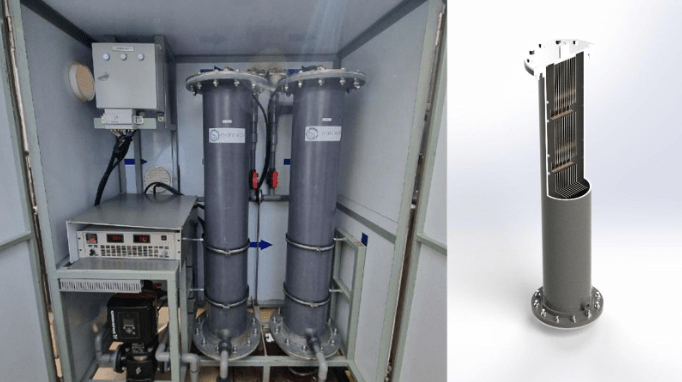
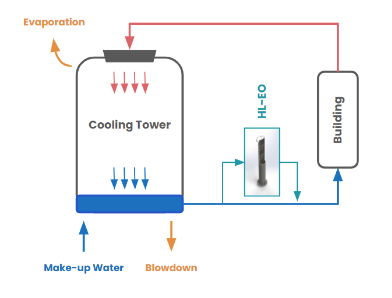
Hydroleap offers a proprietary advanced electrooxidation process to remove minerals and contaminants in the water, whilst killing bacteria (including Legionella) and breaking down calcium build-up to mitigate scaling. The EO reactor treats a slipstream that is pulled off the main condenser water loop that flows to the EO reactor skid and then fed back into the cooling tower. The system includes the reactor skid and the slipstream circulation pump. The removal efficiency of conductivity, total hardness, and TDS can be improved by increasing the applied current. This is due to the higher number of ions produced on the electrodes, which promote destabilization of the monovalent and divalent molecules present in water.
Figure 5 clearly illustrates the removal efficiency of Total Hardness, Conductivity, and Total Dissolved Solids during the pilot run. The simultaneous production of OH⁻ ions at the cathode lowers the pH and leads to a high concentration of CO₃²⁻ (bicarbonate ions), which accelerates the precipitation of the hard minerals and silica inside the reactor cathode surface instead of on tower surfaces and in the heat exchanger tubes.
Results of Implementation
Additionally, the system activates the chlorides naturally present in the water, creating chlorine, which acts as a biocide. The generation of free chlorine, which was more than 1 mg/L during the period run, was sufficient in quantity for the effective removal of Legionella (Figure 6).
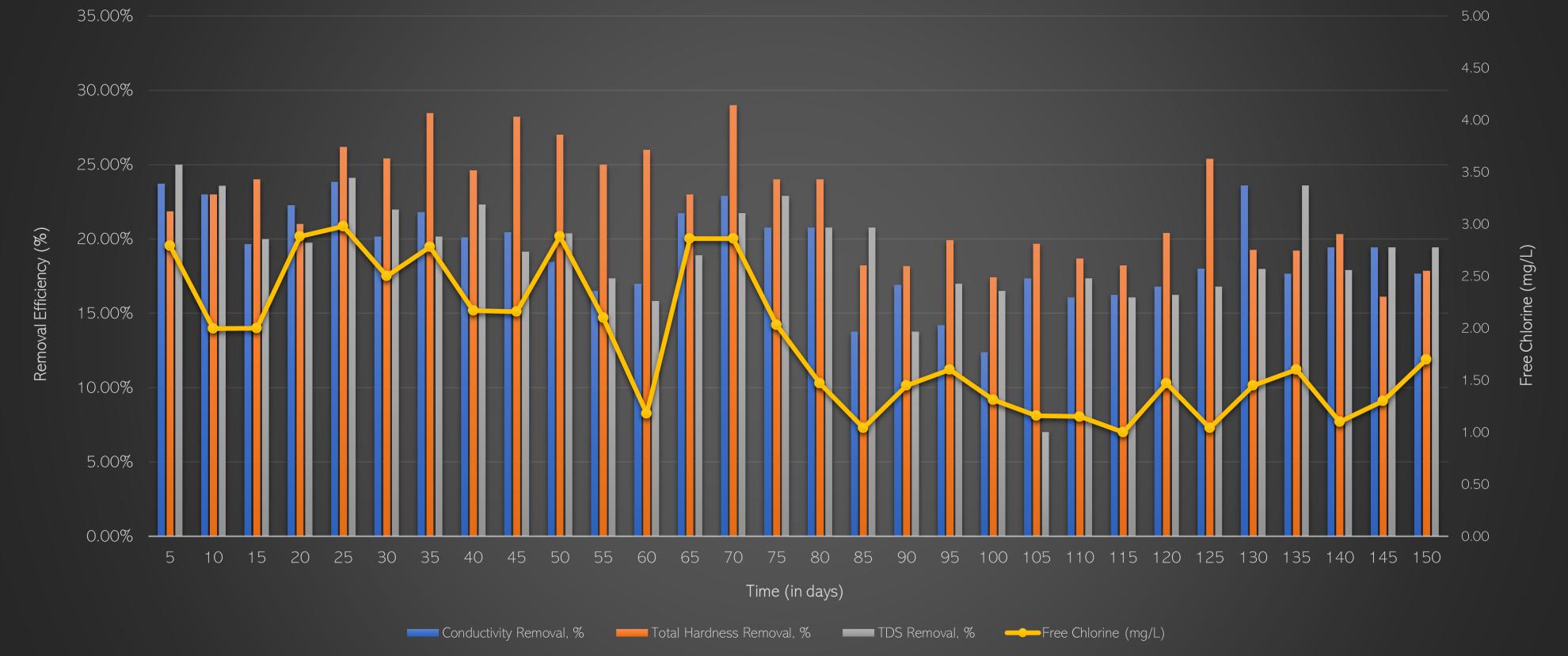
Overall, the EO was found to be very effective in removing Total Hardness, Legionella, and other pathogens. This was likely due to the combined effect of multiple oxidants generated in the EO process. This successful removal also suggests that the treated water could be recirculated for more cycles compared to before, resulting in a lower blowdown rate and greater energy efficiency. Considering this, Hydroleap effectively increased COC by 50% and henceforth lowered the blowdown rate.



